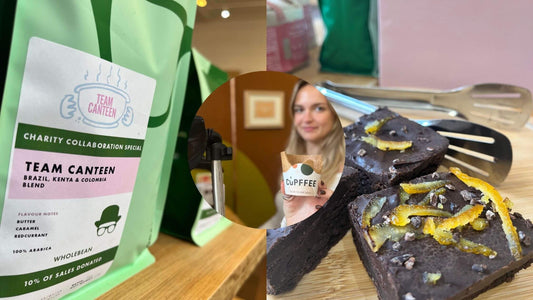Weaving is said to be one of the oldest surviving practices in the world, with a history rooted in the Neolithic period. Even before the actual process of weaving was discovered, the basic principle of weaving was applied to interlace branches and twigs to create fences, shelters and baskets.
To weave you essentially have two sets of threads; one set called the warp, running vertically and kept under tension; and the other set called the weft which is threaded individually through the vertical threads, usually at right angles.
My loom is basically a wooden frame with 4 shafts where the threads go through. A shaft is a simple frame with strings (heddles) of metal, suspended between the two horizontal bars of the frame. The strings have an ‘eye’, in the middle of each string, through which is threaded an individual warp thread. Each shaft has a mechanism by which it can be raised and lowered which, when used in opposition to other shafts, creates a space (called the shed) through which a weft thread can be passed, thereby creating each line in a pattern.

For my cushions and scarves in Prior, I have used my 4 shaft table loom. A cushion can take up to 4 hours to weave while a scarf usually takes between 8 - 12 hours, depending on length, width and wool thickness.
As the weaving is so intimate, using only your hands to move things, many communities believe they weave in good intentions as the go. ‘Berber women have passed their weaving craft through generations since 600 B.C. Each step is meaningful…. According to tradition, the weaving process gives the textiles magical protective qualities. The women start and finish weaving with a prayer called Istikara, so that God can allow the best intentions to enter the rug. The finished piece is considered a shield from the evil eye.” www.Lonny.com
To see the beautiful woven pieces we have in stock - click here
To visit Hilda's own website click here




